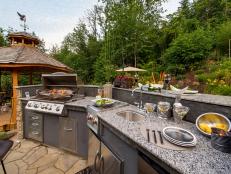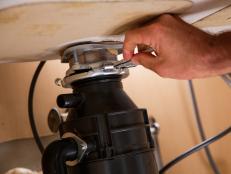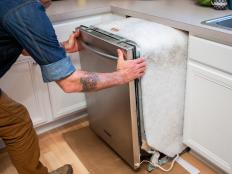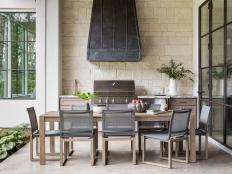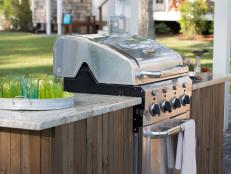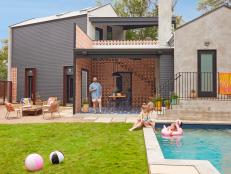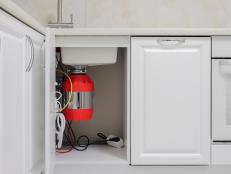Charcoal vs. Gas: Outdoor Grills
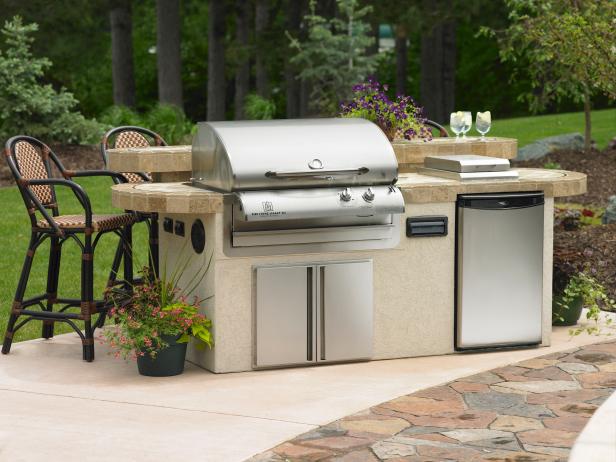
As the popularity of outdoor kitchens has grown in recent years manufacturers have introduced a manner of outdoor appliances, from wine refrigerators to built-in deep fryers. Chances are you just need a great grill.
Don't rush into buying a grill. It's the most important feature of your outdoor kitchen, and a good place to invest a big chunk of your budget. To decide which grill is right for you, keep these considerations in mind.


Gas or Charcoal?
Gas grills are convenient, they ignite at the push of a button and allow you to control the heat with the turn of a knob, but they're not ideal for true slow-cooked barbecue. Charcoal grills burn hotter than gas grills and you can burn wood in a charcoal grill, to impart a natural, smoky flavor to your foods. But it's harder to control the temperature, you have to stoke the fire constantly, and at the end of cooking you're left with a mess of ashes.
So which type to choose? Maybe both: a gas grill for everyday grilling, and a charcoal model for more occasional barbecuing. Or if your budget is ample, look for a grill that offers both options in one unit. Electric grills are another choice, and may be the only option for apartment or condo dwellers, but they don't impart a real barbecue flavor.
Gas Grills
Once you've settled on your grill, you'll have a few more decisions to make.
Materials
Most grills are made from cast aluminum, sheet metal, cast iron or stainless steel. Stainless steel is the best (and priciest) choice because it holds up well to the elements over time. It may be tempting to save some money by starting out with a less expensive grill that you can upgrade later, but that's not always a smart strategy, particularly if the grill is built-in.
"There's no standard grill size," says Mark Allen, president of the National Outdoor Kitchen and Fireplace Association. "If your cheap grill doesn't last and you have to replace it, you'll probably have to redo the opening in the counter, which can be a big headache." Instead, he advises choosing a mid-range grill made of high-quality materials.
Size
Gas grills are measured by the number of square inches of cooking surface they provide. Inexpensive grills start around 500 square inches, and a high-end gas grill may offer several times that capacity. Find the right size for your needs by evaluating your cooking habits. If you regularly cook for a crowd, you may want a large grill with multiple burners and a smaller surface with three burners is fine for meals for a family of four.
Power
Grill power is measured in British Thermal Units (Btus). A small grill may have about 40,000 Btus or fewer, while a large grill may have as many as 100,000 Btus of power. Look for grill power someplace in the middle.
Accessories
As you might expect, the higher the price of the grill, the more bells and whistles—like side burners, infrared searing stations, rotisseries, dual-fuel functionality, and smoking compartments—it's likely to feature. Again, look to your habits to decide which features are worth your money.
Generally speaking, it's smart to choose a grill with at least two separately controlled burners so you can grill foods indirectly (a technique often used for cooking larger items like whole chickens), a built-in temperature gauge, and a gas gauge, so you won't run out of propane mid-meal.
Charcoal Grills
There are more types of charcoal grills than gas grills. You'll find kettle grills, built-in grills, table grills, hibachis, barrel smokers, water smokers and ceramic cookers, all of which use charcoal to grill or barbecue foods.
The right one for you will depend on how you like to cook, but whichever charcoal grill suits your style, look for these signs of quality:
- Sturdy, high-grade steel construction
- A tightly fitting lid
- Baked-on porcelain enamel finish for a kettle grill
Heat-resistant handles - Vents on the top and bottom for adjusting temperature
- A hinged cooking grate, which makes it easier to add coals to the fire







